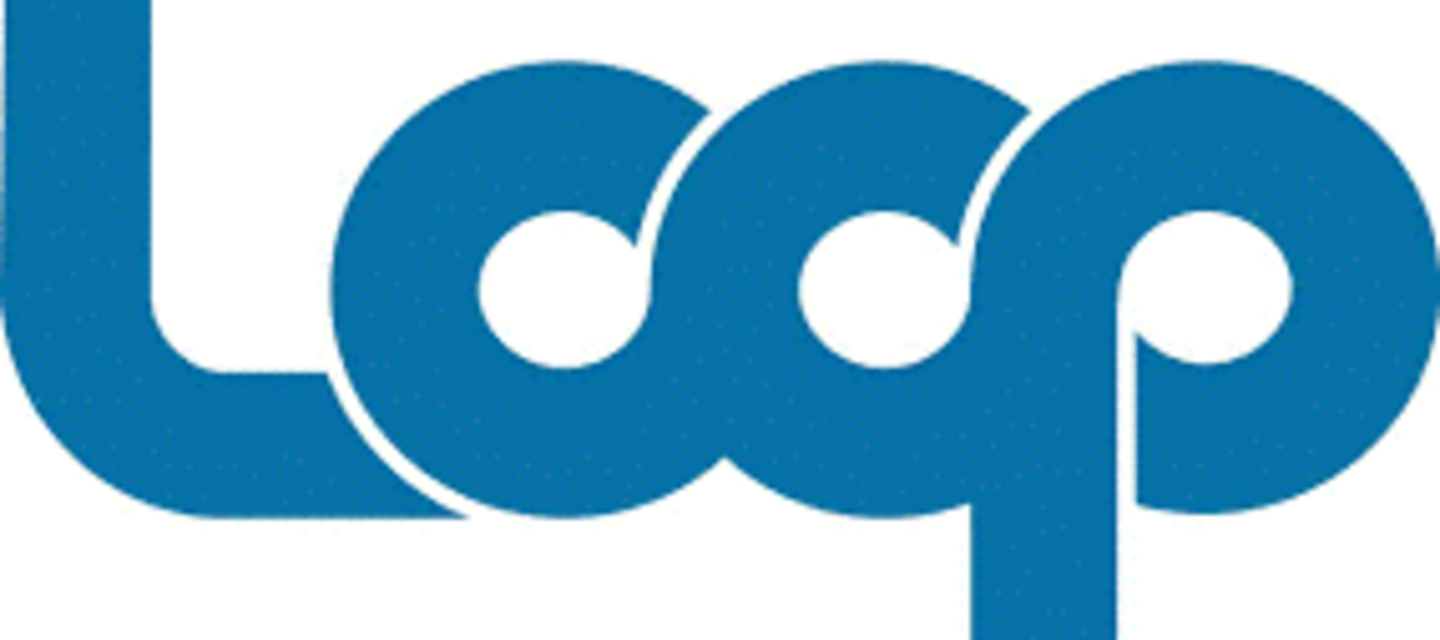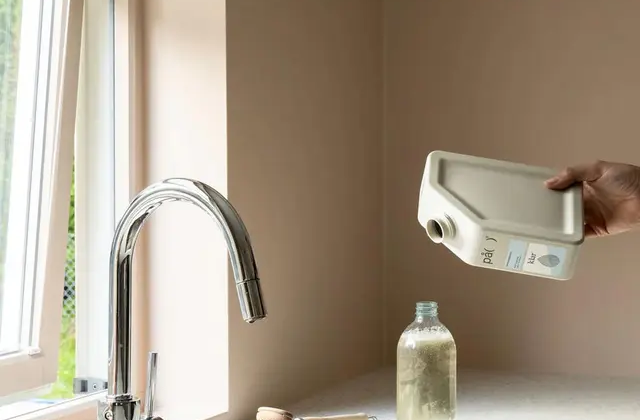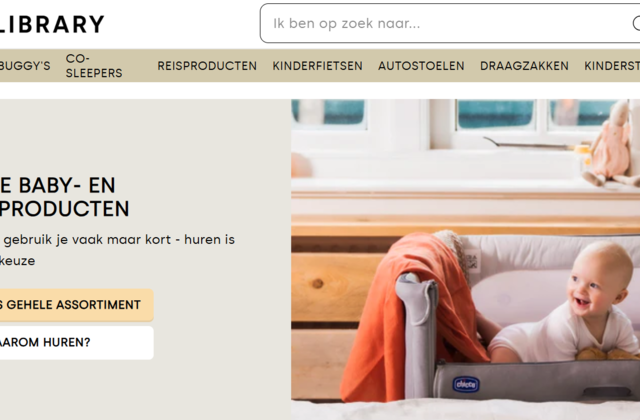Food & beverage, Consumer goods
What is it?
Loop offers a packaging reuse model that provides a more sustainable alternative to single-use packaging. The platform allows the consumers access to a wide array of household, personal care and food products in reusable packaging. The packaging is made with durable materials such as stainless steels and glass designed to be returned and cleaned and sold repeatedly. When a purchase is made online, the customers pay a 100% refundable temporary deposit to “borrow” the packaging (Loop, 2021). Doorstep delivery is done in reusable Loop tote bags and the empty packaging can be returned with scheduled home pick-up or at drop-off points (Loop, 2021). Loop also offers its services by partnering with name retailers such as Tesco in the UK and Carrefour in France (Somvichian-Clausen, 2020).
Why is this important?
Since the 1950s, 8.3 billion metric tons of plastics have been produced, of which half of that in the past 15 years alone (NRDC, 2021). If this trend continues, by 2030, the emissions from plastics could reach 1.34 gigatons per year—equivalent to the emissions released by more than 295 new 500-megawatt coal-fired power plants (CIEL, 2019). In Europe, packaging alone represents 36% of municipal solid waste (Zero Waste Europe, 2020). Plastic waste can cause significant damage to waterways, oceans and ecosystems (Lindwall, 2020). Waterway plastic pollution is particularly alarming with just ten rivers carrying 93 per cent of the world’s total amount of plastic that enters the oceans each year (Lindwall, 2020). A holistic approach is needed to address plastic pollution. It requires not only more robust recycling processes and creating more sustainable materials, but also exploring new models of consumption that can redefine the way we produce, distribute, and consume.
Main resource strategy:
Slowing and closing loops through reusable packaging that allows for repeated use and eventually recycling. As a result, the overall environmental impact over the lifecycle of the packaging is reduced.
Other resource strategies:
Slowing the loop further with durable packaging made with stainless steel or glass. Loop’s cleaning service also extends the lifetime of these packagings.
Business model aspects:
- Value Proposition: Packaging reuse model for typical supermarket products with all-inclusive delivery, cleaning and sanitation services (Loop, 2021).
- Value Creation & Delivery: Customers have access to more than 400 essential products in reusable packaging from the Loop website and at select partner retail stores. Customers pay a temporary deposit to borrow the packaging when a purchase is made. Loop is responsible for delivery, cleaning and pick-up of used packaging (Loop, 2021).
- Value Capture: In addition to the grocery spending, customers pay a deposit for the reusable packaging, which ranges from $1 to $10, depending on the container’s size and material (Somvichian-Clausen, 2020).
Business model experimentation practices:
Loop was announced at the World Economic Forum in Davos, Switzerland, in 2019 as a joint initiative between TerraCycle, a global waste management company, UPS, leading retailers and consumer goods companies (Makower, 2019). In May 2019, Loop launched two pilots, one in the Ile-de-France region in France and one in the New York region in the USA (World Economic Forum, 2019).
Sustainability outcomes:
The number of cycles made by a reusable package over its lifetime plays a key role in determining how environmentally friendly it is compared to single-use alternatives. The environmental impacts of reusable packaging would change depending on the number of cycles (Zero Waste Europe, 2020). For reusable packaging, the total emissions associated with production are distributed equally between the total number of use cycles (Amienyo et al., 2013). The Loop packaging can be reused on average more than 100 times (World Economic Forum, 2019).
Sources:
Amienyo, D., Gujba, H., Stichnothe, H., & Azapagic, A. (2013.) Life cycle environmental impacts of carbonated soft drinks. International Journal of Life Cycle Assessment., 18, 77–92. https://doi.org/10.1007/s11367-012-0459-y
CIEL. (2019). Plastic & Climate: The Hidden Costs of a Plastic Planet. Accessed 12 April 2021 at: https://www.ciel.org/plasticandclimate/
Lindwall, C. (2020). Single Used Plastics 101. Accessed 15 April 2021 at: https://www.nrdc.org/stories/single-use-plastics-101
Loop. (2021). How it works. Accessed 15 April 2021 at: https://loopstore.com/how-it-works
Makower, J. (2019). Loop’s launch brings reusable packaging to the world’s biggest brands. Accessed 22 April 2021 at: https://www.greenbiz.com/article/loops-launch-brings-reusable-packaging-worlds-biggest-brands
NRDC (Natural Resources Defense Council) (2021). Single-Use Plastics 101. Accessed 11 May 2021 at: https://www.nrdc.org/stories/single-use-plastics-101
Somvichian-Clausen, A. (2020). Meet the company that is revolutionizing e-commerce by conquering the mountain of packages outside your front door. Accessed 15 April 2021 at: https://thehill.com/changing-america/video/529879-loop-rolls-out-reusable-packaging-system-with-aim-to-revolutionize
World Economic Forum. (2019). The Loop Alliance plans to eliminate plastic waste and save the planet. You can too. Accessed 15 April 2021 at: https://www.weforum.org/our-impact/the-loop-alliance-plans-to-eliminate-plastic-waste-and-save-the-planet-you-can-too
Zero Waste Europe. (2020). Reusable Vs. Single Use Packaging: A Review of Environmental Impact. Accessed 15 April 2021 at: https://zerowasteeurope.eu/wp-content/uploads/2020/12/zwe_reloop_report_reusable-vs-single-use-packaging-a-review-of-environmental-impact_en.pdf.pdf_v2.pdf
***
About project Circular X
Project Circular X is about ‘Experimentation with Circular Service Business Models’. It is an ambitious research project funded by the European Research Council (ERC) which supports top researchers from anywhere in the world. Project CIRCULAR X runs from 2020-2025. The project is led by Principal Investigator (PI) Prof Dr Nancy Bocken, who is joined by a multidisciplinary team of researchers at Maastricht Sustainability Institute (MSI), Maastricht School of Business and Economics, Maastricht University. The project cooperates with businesses who want to innovate towards the circular economy.
Project Circular X addresses a new and urgent issue: experimentation with circular service business models (CSBMs). Examples of such new business models include companies shifting from selling products to selling services and introducing lifelong warrantees to extend product lifetimes. However, CSBMs are far from mainstream and research focused on experimentation is little understood. The research aims to conduct interdisciplinary research with 4 objectives:
- Advancing understanding of CSBMs; their emergence and impacts
- Advancing knowledge on CSBM experimentation
- Developing CSBM experimentation tools
- Designing and deploying CSBM experimentation labs
Funding source
This project has received funding from the European Research Council (ERC) under the European Union’s Horizon 2020 research and innovation programme, grant agreement No. 850159.
Using of this information
When you refer to this case, please use the following source:
Circular X. (2021) Case study: Loop. Accessed from www.circularx.eu



